Alistair Douglas will be presenting PCA’s work at Bermondsey Square in a lecture hosted by LAMAS next month.
Date: 11 November 2025
Time: 18:30–19:30
Venue: Lecture Theatre G6, Institute of Archaeology, UCL, 31-34 Gordon Square, London, WC1H 0PY
The lecture will be available via zoom as well as in person, click here to book
.
Alistair’s lecture will explore the full story of Bermondsey Square, from its earliest occupation to its later urban development, revealed through 20 years of excavation from 1998-2018.
The earliest evidence shows Bermondsey as a prehistoric eyot, with scattered pits and pottery fragments attesting to Iron Age settlement. Roman-period activity appears largely agricultural, though later Roman robber trenches and substantial ceramic building material, including opus signinum, suggest sizeable masonry structures to the north of the square in the area of Stevens Street.
Saxon traces include fragmentary wall foundations, small finds, and coinage which may be the first archaeological evidence for a middle Saxon minster at Bermondsey. By the 10th century, a small apsidal church had been built, accompanied by nearby inhumations, marking the site’s emergence as a Christian centre.
The medieval period brought the most dramatic transformations. Excavations revealed extensive foundations of the Cluniac Priory and its development into the Benedictine abbey of St Saviour, which remained a dominant feature of Bermondsey until its dissolution in the 16th century.
After the dissolution, the site entered a new phase under Robert Southwell and later Sir Thomas Pope, who constructed an impressive Tudor mansion with a double courtyard and a separate eastern range added in the 17th century. Later excavations uncovered a Presbyterian cemetery, reflecting Bermondsey’s unique history as a hub of religious dissent. By the 18th century, King John’s Court had been developed for artisan housing, offering fascinating insights into the area’s social history through archaeology, topography, and documents.

